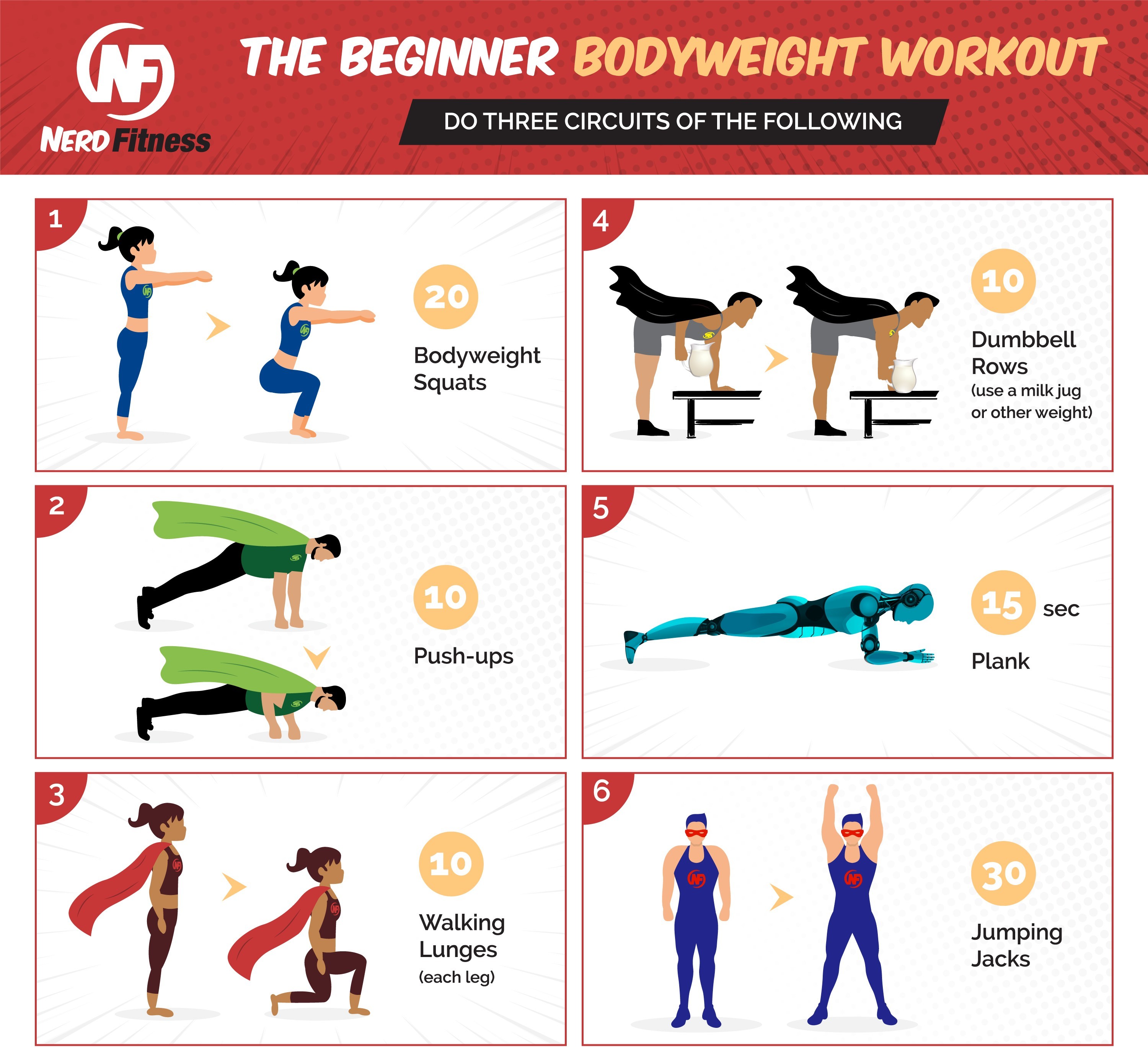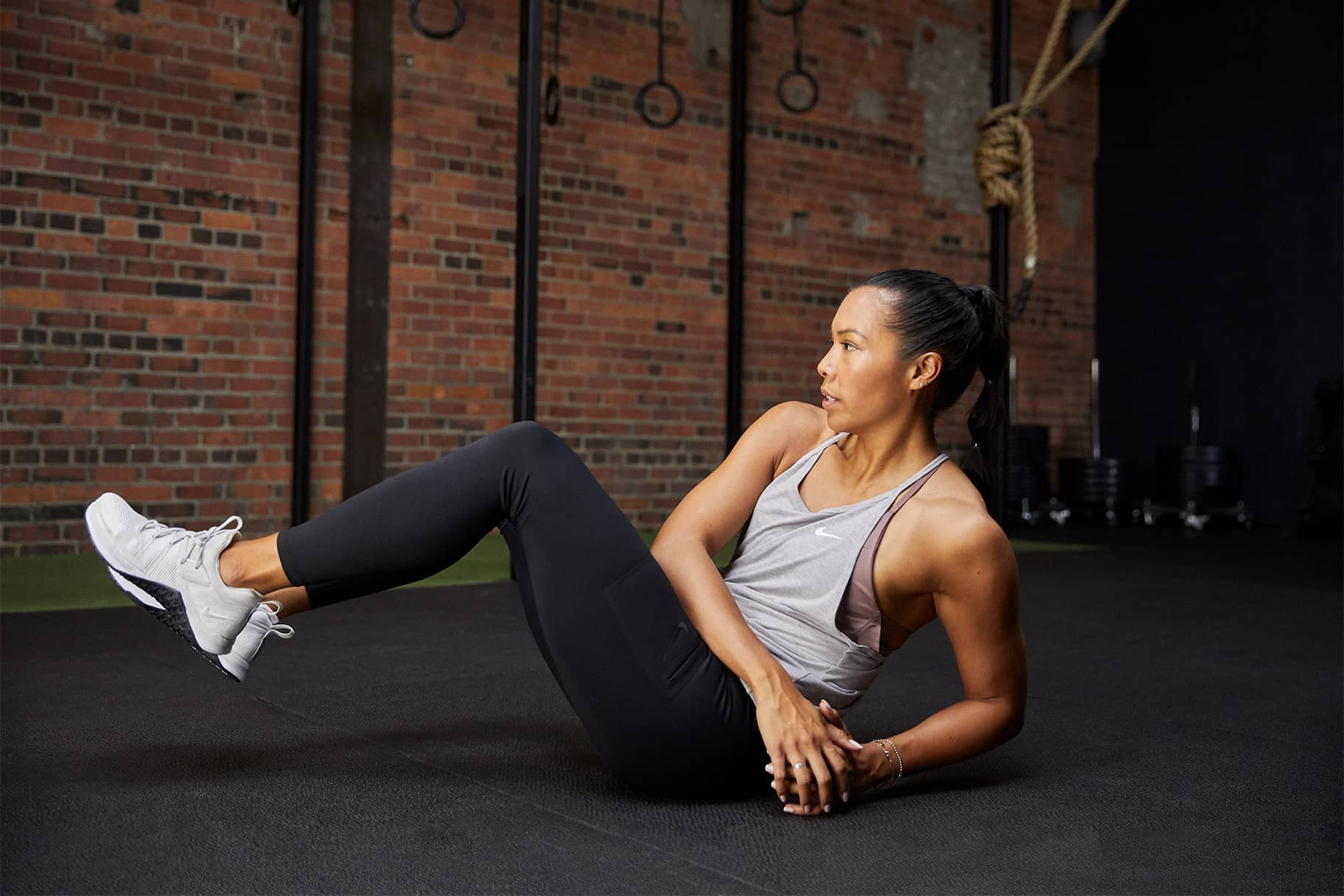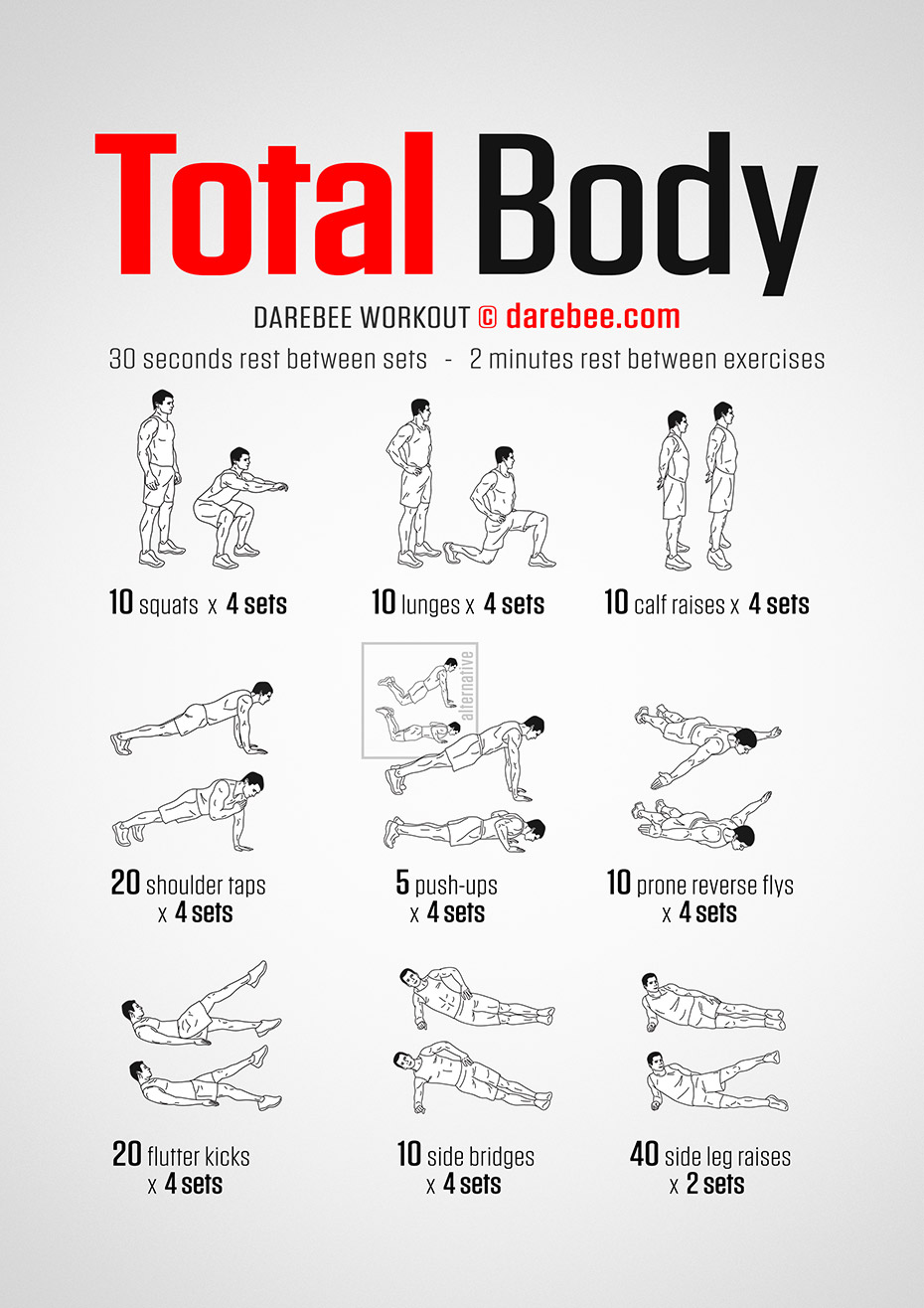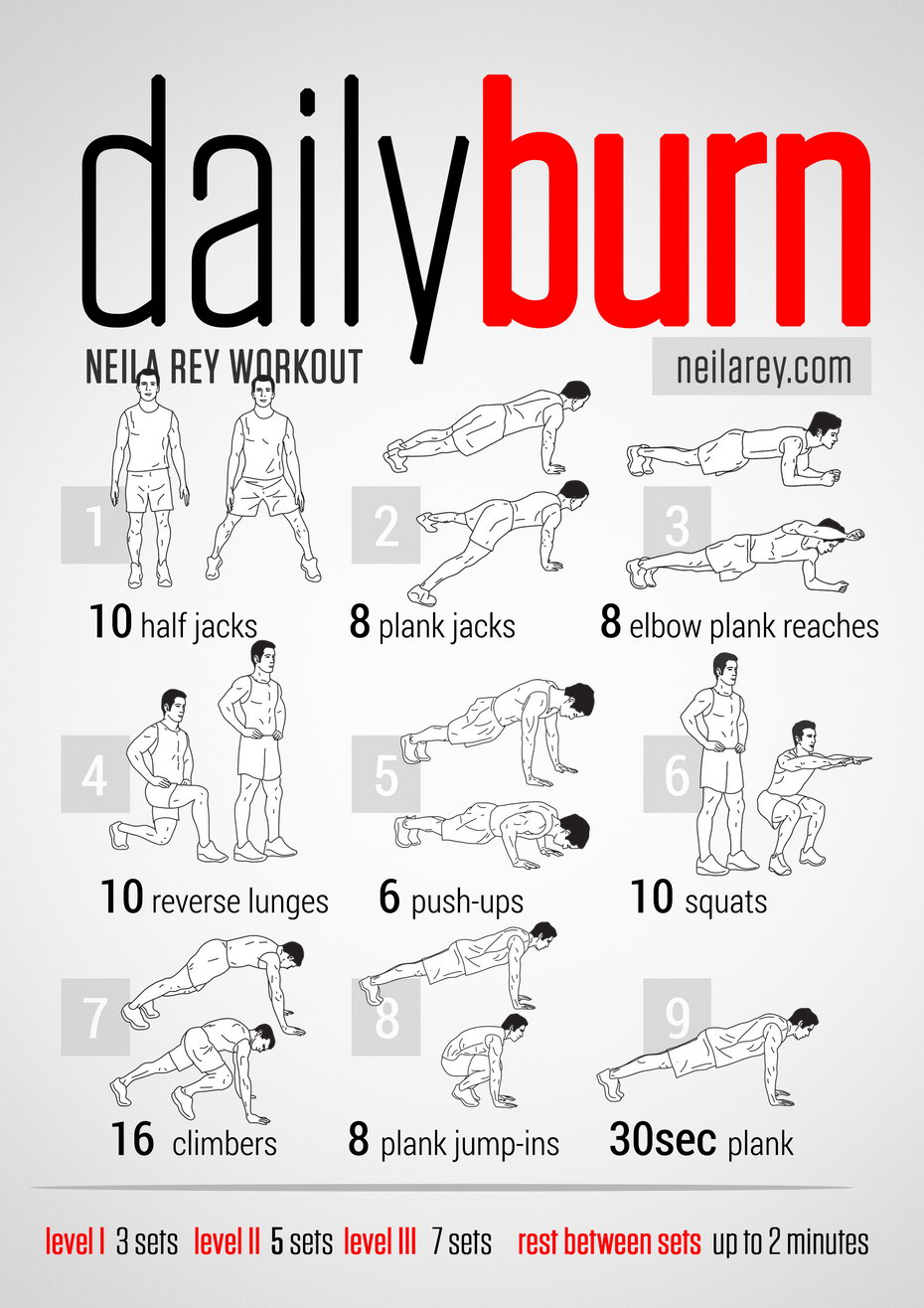“The Ultimate Guide to Best Workouts for a Healthy Body
With excitement, let’s uncover the fascinating topic of The Ultimate Guide to Best Workouts for a Healthy Body. Let’s weave together engaging insights and offer a fresh perspective to our readers.
About Video The Ultimate Guide to Best Workouts for a Healthy Body
The Ultimate Guide to Best Workouts for a Healthy Body

In today’s fast-paced world, maintaining a healthy lifestyle is more important than ever. Exercise plays a crucial role in achieving and sustaining overall well-being. However, with countless workout options available, it can be overwhelming to choose the most effective ones. This comprehensive guide will explore the best workouts for a healthy body, covering various aspects of fitness and providing practical tips to help you create a well-rounded exercise routine.
Understanding the Foundations of a Healthy Workout Routine
Before diving into specific workout types, it’s essential to understand the fundamental principles that underpin a successful and healthy exercise routine:
-
Consistency: The key to long-term fitness success is consistency. Aim for regular workouts rather than sporadic intense sessions. Consistency allows your body to adapt gradually, reducing the risk of injuries and promoting sustainable progress.
-
Variety: Incorporating a variety of exercises into your routine prevents boredom and ensures that you target different muscle groups. Variety also helps improve overall fitness by challenging your body in different ways.
-
Proper Form: Maintaining proper form during exercises is crucial to prevent injuries and maximize effectiveness. If you’re unsure about the correct form, seek guidance from a qualified fitness professional.
-
Progressive Overload: To continue seeing results, gradually increase the intensity, duration, or frequency of your workouts. This principle, known as progressive overload, challenges your body to adapt and become stronger over time.

-
Listen to Your Body: Pay attention to your body’s signals and don’t push yourself too hard, especially when starting a new exercise routine. Rest and recovery are essential for muscle repair and overall well-being.


Cardiovascular Exercises: Fueling Your Heart and Lungs
Cardiovascular exercises, also known as aerobic exercises, are essential for improving heart health, boosting endurance, and burning calories. Here are some of the best cardio workouts:
-
Running: Running is a highly effective cardio exercise that can be done anywhere, anytime. It improves cardiovascular fitness, strengthens bones, and burns a significant number of calories. Whether you prefer running outdoors or on a treadmill, start with a comfortable pace and gradually increase the intensity and duration.
-
Swimming: Swimming is a low-impact cardio exercise that is gentle on the joints, making it an excellent option for individuals with joint pain or injuries. It works multiple muscle groups simultaneously, improving cardiovascular fitness, strength, and flexibility.
-
Cycling: Cycling is another low-impact cardio exercise that is suitable for people of all ages and fitness levels. It strengthens leg muscles, improves cardiovascular fitness, and can be done outdoors or indoors on a stationary bike.
-
Brisk Walking: Brisk walking is a simple yet effective cardio exercise that can be easily incorporated into your daily routine. It improves cardiovascular health, strengthens bones, and burns calories. Aim for at least 30 minutes of brisk walking most days of the week.
-
Dancing: Dancing is a fun and engaging cardio exercise that can improve cardiovascular fitness, coordination, and flexibility. Whether you prefer Zumba, salsa, or any other dance style, find a class or follow online tutorials to get your heart pumping.
Strength Training: Building Muscle and Bone Density
Strength training is essential for building muscle mass, increasing bone density, and improving overall strength and power. Here are some of the best strength training exercises:
-
Squats: Squats are a compound exercise that works multiple muscle groups in the lower body, including the quadriceps, hamstrings, and glutes. They improve lower body strength, stability, and functional fitness.
-
Deadlifts: Deadlifts are another compound exercise that works multiple muscle groups throughout the body, including the back, legs, and core. They improve overall strength, power, and posture.
-
Push-Ups: Push-ups are a bodyweight exercise that works the chest, shoulders, and triceps. They improve upper body strength and can be modified to suit different fitness levels.
-
Pull-Ups: Pull-ups are a challenging bodyweight exercise that works the back, biceps, and shoulders. They improve upper body strength and can be assisted with a resistance band or machine if needed.
-
Rows: Rows are an exercise that works the back muscles, improving posture and strength. They can be done with dumbbells, barbells, or resistance bands.
Flexibility and Mobility Exercises: Enhancing Range of Motion and Preventing Injuries
Flexibility and mobility exercises are essential for improving range of motion, reducing muscle stiffness, and preventing injuries. Here are some of the best flexibility and mobility exercises:
-
Yoga: Yoga is a practice that combines physical postures, breathing techniques, and meditation to improve flexibility, strength, and balance. It can also reduce stress and promote relaxation.
-
Pilates: Pilates is a low-impact exercise that focuses on strengthening the core muscles, improving posture, and increasing flexibility. It can also improve body awareness and coordination.
-
Stretching: Stretching involves lengthening muscles to improve flexibility and range of motion. It can be done dynamically (with movement) or statically (holding a stretch for a period of time).
-
Foam Rolling: Foam rolling is a self-myofascial release technique that involves using a foam roller to massage tight muscles and release tension. It can improve flexibility, reduce muscle soreness, and prevent injuries.
-
Tai Chi: Tai Chi is a gentle exercise that involves slow, flowing movements and deep breathing. It improves balance, coordination, and flexibility, and can also reduce stress and improve mental clarity.
Core Exercises: Strengthening Your Foundation
Core exercises are essential for strengthening the muscles in your abdomen, back, and hips. A strong core improves posture, stability, and balance, and can also reduce the risk of back pain. Here are some of the best core exercises:
-
Plank: The plank is an isometric exercise that engages multiple core muscles, including the rectus abdominis, transverse abdominis, and obliques. It improves core strength and stability.
-
Crunches: Crunches are a classic core exercise that targets the rectus abdominis. They improve abdominal strength and can be modified to target different areas of the core.
-
Russian Twists: Russian twists are a rotational core exercise that targets the obliques. They improve core strength and stability, and can be done with or without weight.
-
Leg Raises: Leg raises are a core exercise that targets the lower abdominal muscles. They improve core strength and stability, and can be done lying down or hanging from a bar.
-
Bird Dog: The bird dog is a core exercise that improves stability and coordination. It involves extending one arm and the opposite leg simultaneously while maintaining a neutral spine.
Creating a Balanced Workout Routine
To achieve a healthy body, it’s essential to create a balanced workout routine that incorporates all aspects of fitness. Here’s a sample workout schedule:
- Monday: Strength Training (Upper Body)
- Tuesday: Cardio (Running or Swimming)
- Wednesday: Rest or Active Recovery (Yoga or Stretching)
- Thursday: Strength Training (Lower Body)
- Friday: Cardio (Cycling or Dancing)
- Saturday: Core Exercises and Flexibility
- Sunday: Rest
Tips for Staying Motivated and Consistent
Staying motivated and consistent with your workout routine can be challenging, but here are some tips to help you stay on track:
- Set Realistic Goals: Set achievable goals that are specific, measurable, attainable, relevant, and time-bound (SMART).
- Find an Exercise Buddy: Exercising with a friend or family member can provide accountability and motivation.
- Make it Enjoyable: Choose activities that you enjoy to make exercise more fun and sustainable.
- Track Your Progress: Monitor your progress to see how far you’ve come and stay motivated.
- Reward Yourself: Celebrate your achievements with non-food rewards, such as a new workout outfit or a relaxing massage.
Nutrition and Hydration: Fueling Your Workouts
Proper nutrition and hydration are essential for fueling your workouts and supporting overall health. Here are some tips:
- Eat a Balanced Diet: Consume a variety of nutrient-rich foods, including fruits, vegetables, whole grains, lean proteins, and healthy fats.
- Hydrate Adequately: Drink plenty of water throughout the day, especially before, during, and after workouts.
- Time Your Meals: Eat a pre-workout meal or snack to provide energy and a post-workout meal to replenish glycogen stores and promote muscle recovery.
- Consider Supplements: Consult with a healthcare professional or registered dietitian to determine if any supplements are necessary to support your fitness goals.
Conclusion
Achieving a healthy body requires a combination of regular exercise, proper nutrition, and adequate rest. By incorporating a variety of cardio, strength training, flexibility, and core exercises into your routine, you can improve your overall fitness, prevent injuries, and enhance your quality of life. Remember to listen to your body, stay consistent, and make exercise an enjoyable part of your daily routine.
Disclaimer: Consult with a healthcare professional before starting any new exercise program, especially if you have any underlying health conditions.

